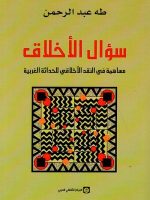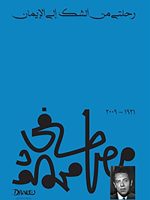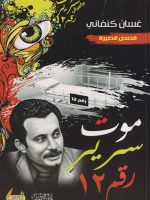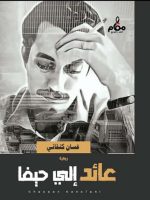Al-Hallaj, the martyr of divine love; Al-Hallaj was born: Al-Mughīth Al-Husayn ibn Mansur ibn Muhammad Al-Baydawi in the village of Al-Tur in the northeast of the city of Al-Bayda, one of the cities of the Fars province in Iran and to the north of the city of Shiraz in Najd in the year 244 AH / 858 AD. Al-Hallaj moved between the sheikhs of Sufism in his time until he reached Baghdad to learn from Al-Junayd Al-Baghdadi, the sheikh of the Sufi sect in his day, but this was not well received due to Al-Hallaj’s excessive self-confidence and his exaggeration in practicing psychological and physical exercises.
Al-Hallaj went to Mecca as a pilgrim to return from there to Ahwaz, near his old homeland, as a preacher. If he did not achieve the desired success, he began to travel in Khorasan, Persia and Iraq to throw down his wandering stick in Baghdad, but he left it again to go to India and China on a long and arduous journey in which he developed his Sufi ideas and satisfied himself with Indian Sufism. Then he returned to Baghdad to settle there and call for a political and spiritual doctrine based on a specific jurisprudence and Sufi mathematics, all of which were characterized by extremism, severity and insistence on reaching the goal, disregarding obstacles even if they amounted to death itself. He tried to find supporters among the poor, sects and opponents of the Abbasid state, but to no avail. In Baghdad, Al-Hallaj classified his books, which had forty-nine titles, two of which were on politics. Only his book (Al-Tawasin), meaning the verses, which he wrote during his imprisonment and before he was brought to trial, was attended by none of the Shafi’is or Hanbalis who were opponents of the state and supporters of Al-Hallaj. The matter ended with Al-Hallaj being sentenced to death, so he was flogged a thousand lashes, then his four limbs were cut off, his neck was struck, his body was burned, and then he was scattered in the Tigris.
After this, Al-Hallaj’s books were burned and the state pursued his supporters for three years, killing a number of them. After Al-Hallaj’s death, he transformed from a Sufi leader into an imam who was said to be the Mahdi and his return, and a Sufi sect arose that believed in the idea of incarnation and attributed it to him wrongly. This was in the middle of the fifth century AH and during the days of Abu Al-Ala Al-Ma’arri.
Years later, Al-Ghazali, the Shafi’i Ash’ari, was appointed to defend Al-Hallaj and refute the criticisms against him. He was followed by Sheikh Abdul Qadir Al-Jili Al-Hanbali, and many others. Al-Hallaj became a martyr and a saint, and his fame spread until it covered the entire Islamic world from the fifth century to the present day. He became known as the martyr of divine love. At the beginning of the twentieth century, Massignon revived the memory of Al-Hallaj and published his collection of poems, his book Al-Tawasin, his news, and the texts that revolved around him. He crowned all of this with a long doctoral thesis entitled (The Torment of Al-Hallaj), thus alerting writers, poets, and researchers in the East and West to his literary, historical, and intellectual importance.












Be the first to review “Diwan Al-Hallaj followed by the book of Tawāsīn”